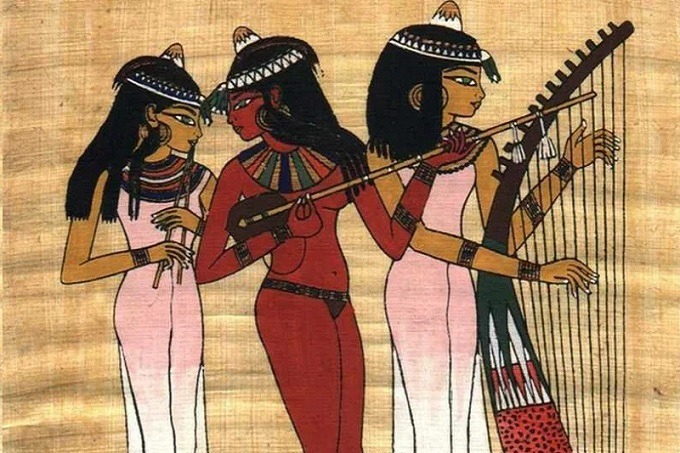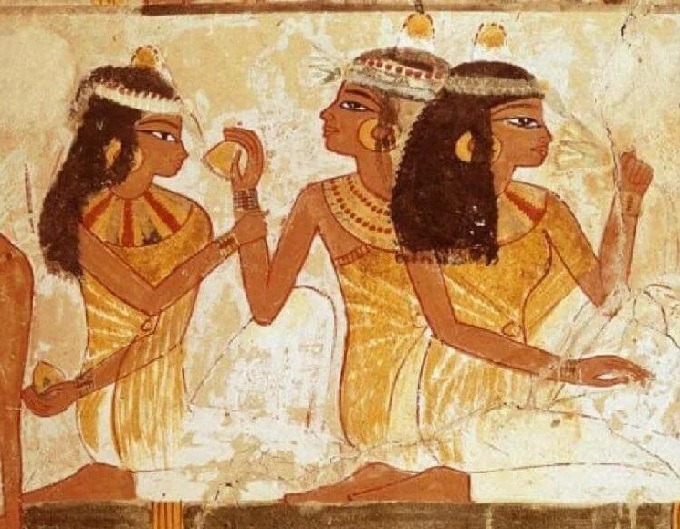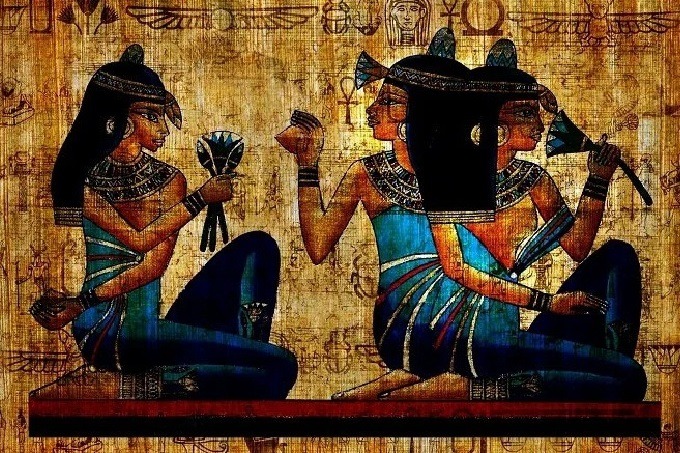Why did Egyptian women in ancient times wear oil cones on their heads?

We know a lot about the culture of ancient Egypt, but we still cannot answer this question. It is noteworthy that not only women but also men wore such hats. The main problem is the lack of reliable records, mainly frescoes and remains. This does not allow a complete reconstruction but gives grounds for speculation.
Ritual hat made of wax and cloth
Egyptologists have long observed images of people wearing strange hats on frescoes. Real evidence was found at Akhetaten in a cemetery for the first time. Hats found in tombs are almost 3300 years old! Such a venerable age of finds complicates the research, but still, it was possible to put forward several theories.

Ritual value was the first assumption of scientists. They believed that such hats were put on the dead. Inside it was a special oil with an aromatizer. It is likely that the cone-shaped hat is associated with the cult of the Sun (the god Ra) (not for nothing the pyramids also have a sharp end and strive to the sky).
At first, such cones were found in the tombs of wealthy people. But then unsigned graves with well-preserved remains were found. And there – the familiar cone! One was so well-preserved that it was possible to study it.
A common headdress
Late finds are in favor of this theory. The drawings in the cones depict living people, and not just people close to Pharaoh. Such hats, apparently, were even worn by fishermen. Often cones can be seen on the ancient statues.

Similar headdresses are traced on sketches from the feasts of the Egyptians. It turns out that this is definitely not a detail of the posthumous attire. So, which version would be the most plausible?
It is more likely that the cap was a common accessory of the Egyptians. It had a symbolic meaning because it was associated with the cult of Ra. Scholars think that the cone symbolized the protected or purified (blessed) state of man. It makes sense that one would go fishing and feasting that way.
At first, it was assumed that the cap was filled with aromatic oils, grease, and wax to create the necessary ritual smells for burial. However, analysis of the samples found did not show anything of the kind. Due to the destruction of the fabric, it is unclear exactly what material was used.

Perhaps the clue is simple and close. The Egyptians were aesthetes, so the cone could serve as a unisex decoration. For now, we wait for new findings and assumptions from scientists about the mysterious headdresses.




